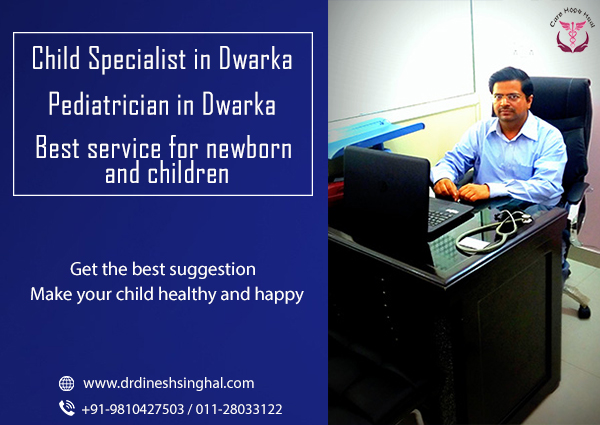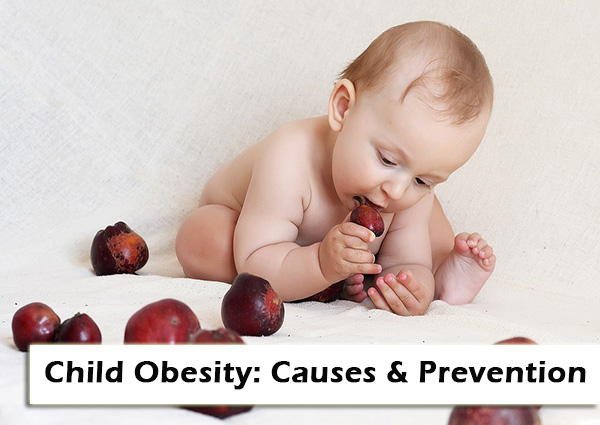Child Obesity: Causes & Prevention
In this article, you will learn about child obesity :causes and prevention. Obesity happens when the body absorbs more calories than it burns by overeating and underexercising. Childhood obesity is caused by excessive eating of food and drinking of high calorie sugared drinks, no physical activity or exercise, as well as hereditary factors.
Causes of Childhood Obesity
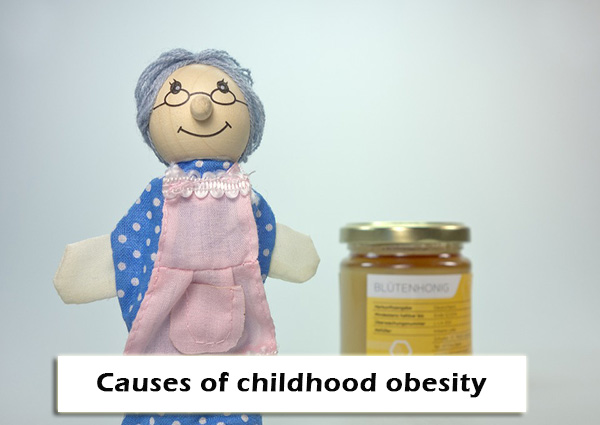
The body weight is regulated by various physiological mechanisms that keep the balance between energy expenditure and energy intake. These regulatory systems under normal conditions, for example, a positive energy balance of just 500 kJ (i.e., 120 kcal) per day (roughly one serving of sweetened soft drink) would give a 50 kg gain in body mass over 10 years.
Therefore, factors that can increase energy intake or reduce energy expenditure causes obesity in the long term. Genetic factors have a significant impact on individual preference, but other factors of environment and behavior can also play a role in childhood obesity. For This Dr dinesh singhal a famous child specialist in Delhi will do a great job.
Symptoms and Complications of Obesity
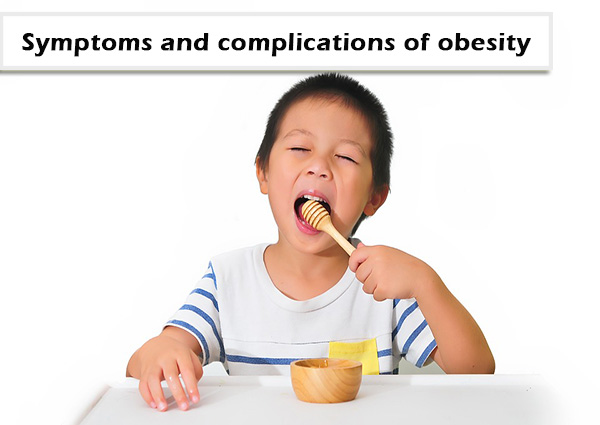
Complications and symptoms of obesity as well as some health risk includes, breathing disorder like chronic obstructive pulmonary disease and sleep apnea, and some types of cancer such as breast, bowel in men, prostate and uterine cancer in women, liver, diabetes (type 2 in children), depression, and gall bladder problems, coronary heart disease, gastroesophageal reflux disease, stroke, high cholesterol, high blood pressure, and diseases of joints like osteoarthritis, pain in lower back and knees. Overweighted individuals are expected to have more health problems and medications.
Complications of Childhood Obesity
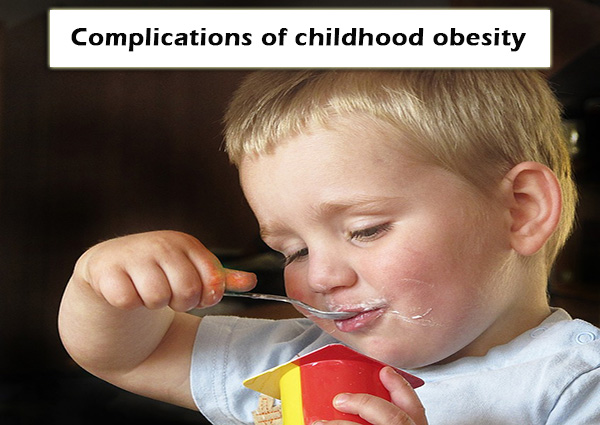
Childhood obesity is a multisystem disorder with possible adverse outcomes and several complications that need the attention of health specialists. Obesity in childhood causes increased blood clotting tendency, dyslipidemia, chronic inflammation, hypertension, hyperinsulinemia, and endothelial dysfunction.
The clustering can cause cardiovascular disease risk factors, which is also known as insulin resistance syndrome, which has also been recognized in younger children. For teenagers and younger adults who succumbed to injury, the presence of cardiovascular syndrome risk factors associated with asymptomatic coronary atherosclerosis. In a British group study, being obesity during childhood raised the risk of death from ischemic heart disease in adulthood.
Type 2 diabetes, in teens, now considers for almost 50% of all new analyses of diabetes in some populations. There is a health concern for the prediabetic state, consisting of insulin resistance and glucose intolerance, which seems to be highly prevailing among severely overweight children irrespective of ethnic group, and even before conventional diagnostic measures for diabetes have been met.
The rise of asthma or exercise intolerance in an obese child is likely to limit their physical activities and causes a health problem.
Physical Activity and Obesity

The cardiovascular health in teens obesity and some other diseases such as hypertension and atherosclerosis in young people in the USA. Health advantages were associated with a physically active lifestyle in children, also including a weight check program, physical exercises for obese individuals, modest consumption of fatty foods, low blood pressure, and high calorie beverages. Engaging in physical activities increases life anticipation and decreases the chance of heart diseases in children and in younger individuals.
Achieving healthy levels of physical health requires a regular exercise program of 4 to 5 times a week for at least 30 to 60 min. Such exercises may include cycling, walking, and sports activities. The absence of safe outdoor playgrounds and parks in schools for children in cities also limits the ability of the child to engage in recreational sports or active physical play. Thus, a physical fitness program is necessary for the pediatric health care of the child.
Prevention and Treatment of Pediatric Obesity

The treatment and prevention of pediatric obesity can be obtained by less consumption food and increased physical activities. Of note, yet, it is a long term diet program and weight loss has proven very difficult to achieve. The National Institutes of Health, USA agreement statement shows that the adults who remain in traditional weight loss programs can realistically expect a weight loss of 10% only (a small portion of excess fat).
Nearly 50% of this moderate weight loss is retrieved within a year, and almost all of the weight is retrieved within 5 years. The related academic and psychological immaturity of children when compared with adults and their sensitivity to peer pressure presents additional possible problems to the successful treatment of adolescence obesity.
The majority of efforts to reduce obesity in children have used family or school based approaches, although surgical and pharmacological treatments are also available.
